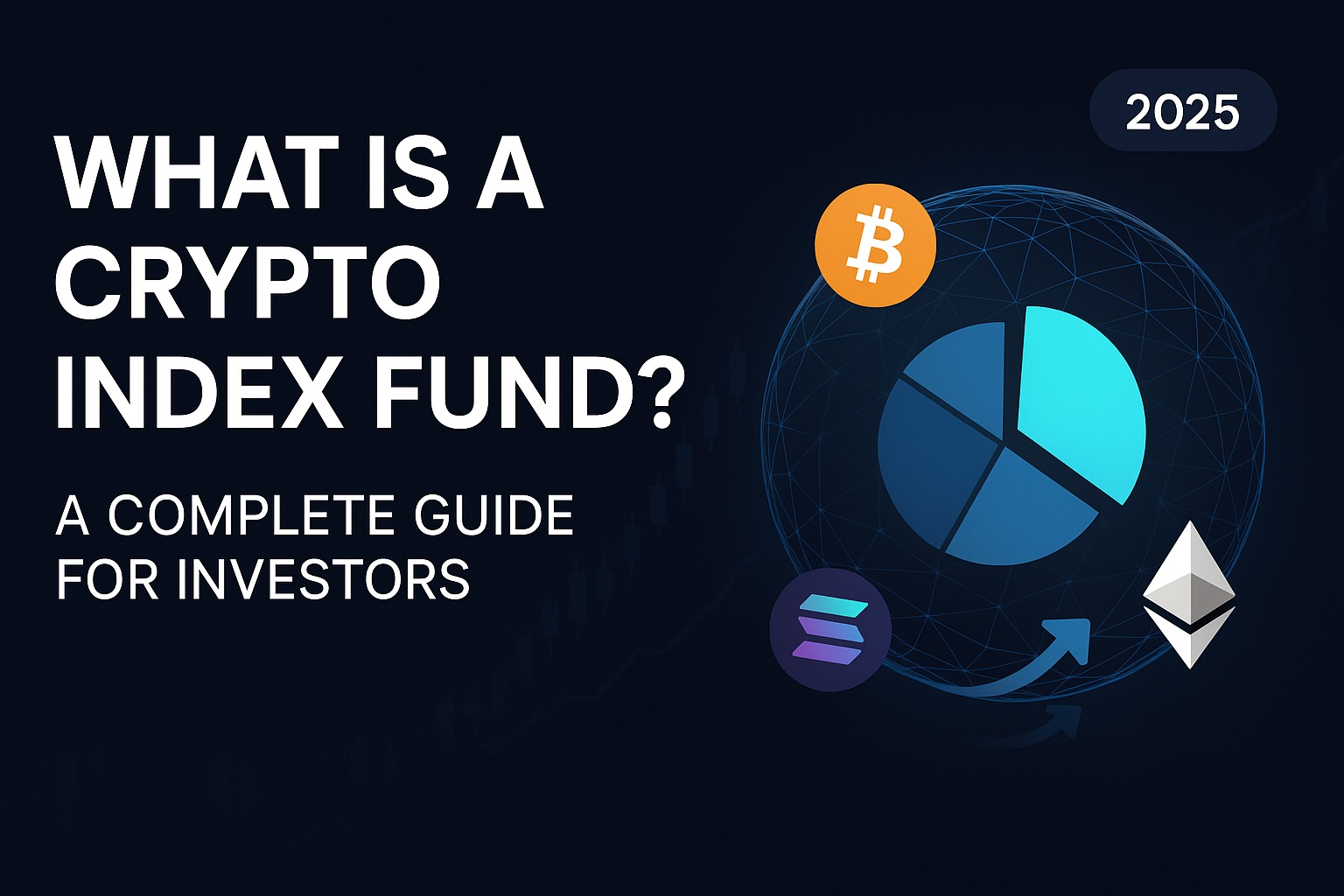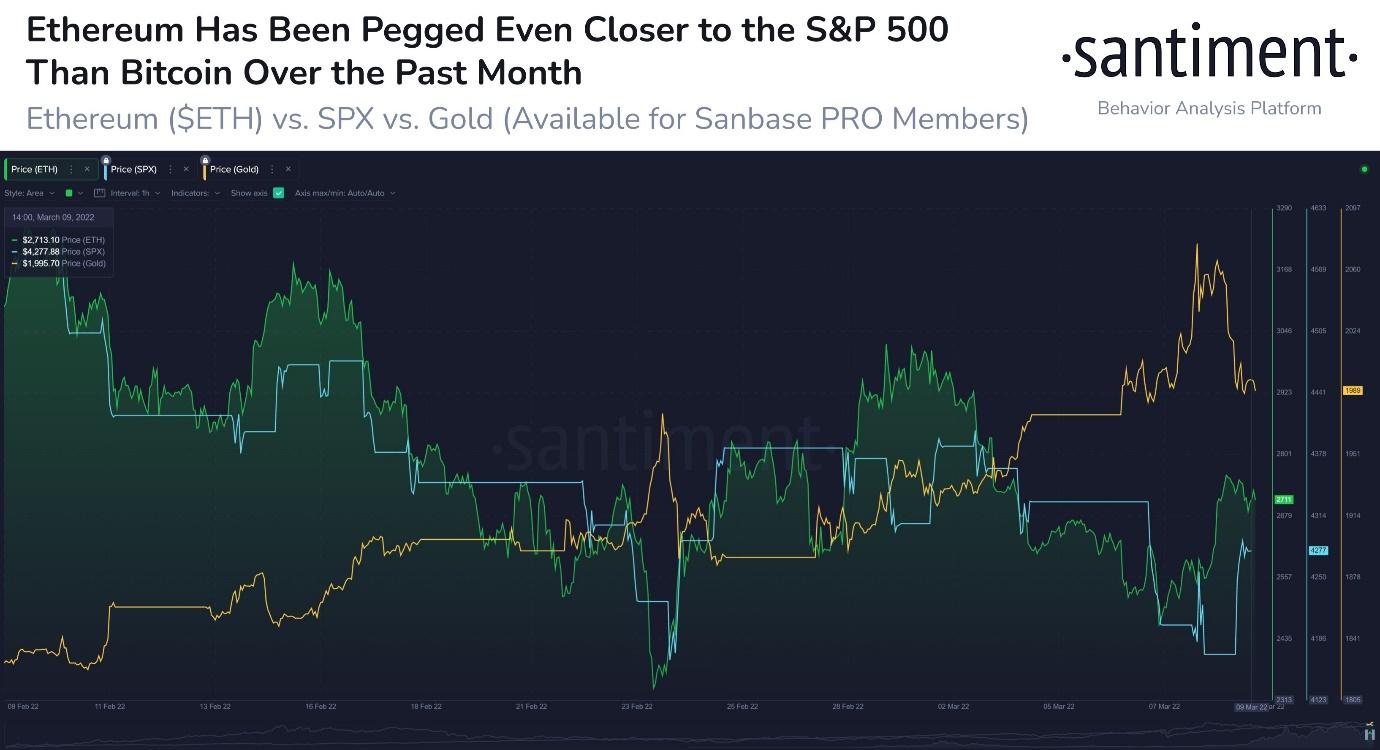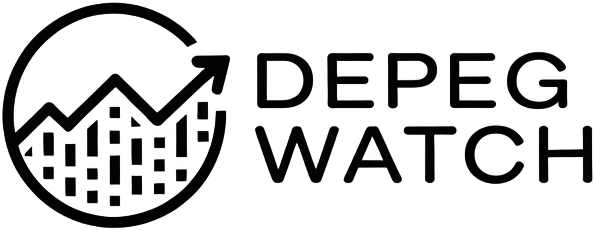
Altcoin markets are notorious for their extreme volatility, with daily drawdowns of -60% to -70% not uncommon. This level of risk can quickly erode portfolio value and undermine even the most well-constructed DeFi strategies. In contrast, the CeFi Index, which tracks a diversified basket of centralized finance assets, has consistently demonstrated smaller drawdowns and faster recoveries, providing a compelling hedge for DeFi investors seeking to manage risk without forgoing upside potential.

Why Altcoin Volatility Demands a Hedging Solution
To understand why hedging is essential, consider the empirical evidence of bi-directional causality between the S and P 500 and crypto returns (ScienceDirect.com). While macroeconomic shocks ripple through both markets, altcoins typically amplify these moves, often suffering the most severe price swings. For example, the recent performance of PEPE and similar tokens has shown that a single day can erase the majority of an investor’s capital in these high-beta assets.
Bitcoin, often cited as the least volatile crypto asset (AIMS Press), still experiences greater price turbulence than most traditional financial instruments. This makes the case for integrating a risk-mitigating vehicle like the CeFi Index into DeFi portfolios even more urgent. By allocating a portion of capital to the CeFi Index, investors can absorb altcoin shocks, stabilize returns, and maintain exposure to the broader digital asset ecosystem.
What Is the CeFi Index and How Does It Work?
The CeFi Index is a composite benchmark, typically comprising assets from centralized exchanges, financial institutions, and tokenized representations of traditional instruments such as equities and fixed income. Some versions also include exchange tokens and CeFi-native yield products, further enhancing diversification. The index is periodically rebalanced to reflect market dynamics, much like traditional equity or bond indices.
Key characteristics that make the CeFi Index a powerful tool for DeFi portfolio protection include:
Key Benefits of CeFi Index Hedging for DeFi Investors
-

Diversification Across Multiple Asset Classes: The Trakx Crypto Index Fund offers exposure to a basket of CeFi assets, including equities, fixed income, and mutual funds, reducing reliance on any single altcoin and smoothing portfolio returns.
-

Reduced Volatility Compared to Altcoins: CeFi indices, such as the Nasdaq Crypto Index, typically experience smaller drawdowns and faster recovery than individual altcoins, which can lose -60% to -70% in a single day.
-

Enhanced Risk Management: Platforms like Amberdata Derivatives Analytics empower investors to monitor risk metrics and optimize hedging strategies, helping protect portfolios during periods of high altcoin volatility.
-

Correlation with Traditional Markets: CeFi indices often track performance trends of traditional markets like the S&P 500, providing a hedge when bi-directional causality between stocks and crypto is observed (ScienceDirect.com).
-

Automatic Rebalancing and Portfolio Efficiency: Many CeFi index products, such as those from ETF.com, offer automatic rebalancing, ensuring portfolios remain optimized without manual intervention.
1. Lower Volatility: The basket approach smooths out idiosyncratic risk associated with individual altcoins. 2. Faster Recovery: Historical data shows that the CeFi Index bounces back quicker from market shocks than most altcoins. 3. Diversification: Exposure to multiple asset classes and centralized venues reduces correlation with DeFi-native risks.
For those new to index investing in crypto, resources like this beginner’s guide on Trakx offer a primer on diversification, risk management, and automatic rebalancing strategies.
Integrating the CeFi Index Into Your DeFi Portfolio
The practical steps for hedging altcoin risk with the CeFi Index are straightforward but require discipline. Start by researching reputable platforms that provide access to the index or similar products. Next, assess your risk profile and determine an allocation that balances return objectives with downside protection. Continuous monitoring is critical; market conditions evolve rapidly, so periodic rebalancing ensures you maintain your desired risk exposure.
Incorporating tools such as derivatives analytics (Amberdata) can further enhance your strategy by enabling more sophisticated hedging overlays or volatility targeting approaches.
One of the most overlooked advantages of the CeFi Index is its ability to act as a stabilizer during periods of extreme market dislocation. When altcoins like PEPE experience sharp, sudden corrections, the CeFi Index’s diversified exposure helps cushion the blow, preserving capital that might otherwise be lost to panic-driven selling. This effect is particularly pronounced during macroeconomic shocks, where the mutual coupling between traditional equity markets and crypto markets becomes evident. As research from ScienceDirect.com highlights, correlations can spike at times of crisis, but CeFi assets tend to revert to mean volatility more quickly than their DeFi counterparts.
For investors with a long-term horizon, this means that portfolio drawdowns are less severe, and recovery times are shorter when a CeFi Index hedge is in place. This isn’t just theoretical: real-world data consistently shows that while altcoins can lose more than -60% in a single session, the CeFi Index typically experiences smaller dips and regains lost ground faster, offering a smoother equity curve.
Advanced Strategies for CeFi Index Hedging
Beyond simple allocation, sophisticated investors are leveraging derivatives and structured products to optimize their risk exposure. By combining CeFi Index holdings with options or futures contracts, it’s possible to dial in precise levels of downside protection or even profit from volatility spikes. Institutional-grade analytics platforms, such as those offered by Amberdata, provide actionable insights for constructing these advanced hedges, enabling data-driven decisions rather than gut instinct.
For those managing larger or more complex portfolios, integrating the CeFi Index with stablecoin-based strategies can further reduce volatility. While stablecoins themselves offer strong protection against specific asset price declines, they do not address systemic risk or market-wide volatility. The CeFi Index fills this gap by providing exposure to a broader set of risk factors, creating a more resilient overall allocation.
[price_widget: Real-time CeFi Index price display and recent volatility metrics]
It’s also worth noting that the CeFi Index can be used dynamically. During periods of high uncertainty or elevated altcoin volatility, increasing exposure to the index can help lock in gains and reduce portfolio beta. Conversely, in bullish environments where risk appetite grows, reallocating towards higher-beta DeFi assets can enhance returns while still maintaining a core hedging position.
Key Takeaways for Risk-First DeFi Investors
Ultimately, the role of the CeFi Index in your portfolio should be defined by your individual risk tolerance, time horizon, and investment objectives. For most DeFi investors, especially those seeking to protect capital during turbulent periods, a disciplined approach to CeFi Index hedging can dramatically improve risk-adjusted returns.
As digital asset markets mature and new risks emerge, tools like the CeFi Index will only grow in importance for sophisticated investors. By embracing robust hedging frameworks and leveraging both traditional and digital financial instruments, DeFi participants can navigate volatility with greater confidence, and ultimately achieve more consistent long-term results.






